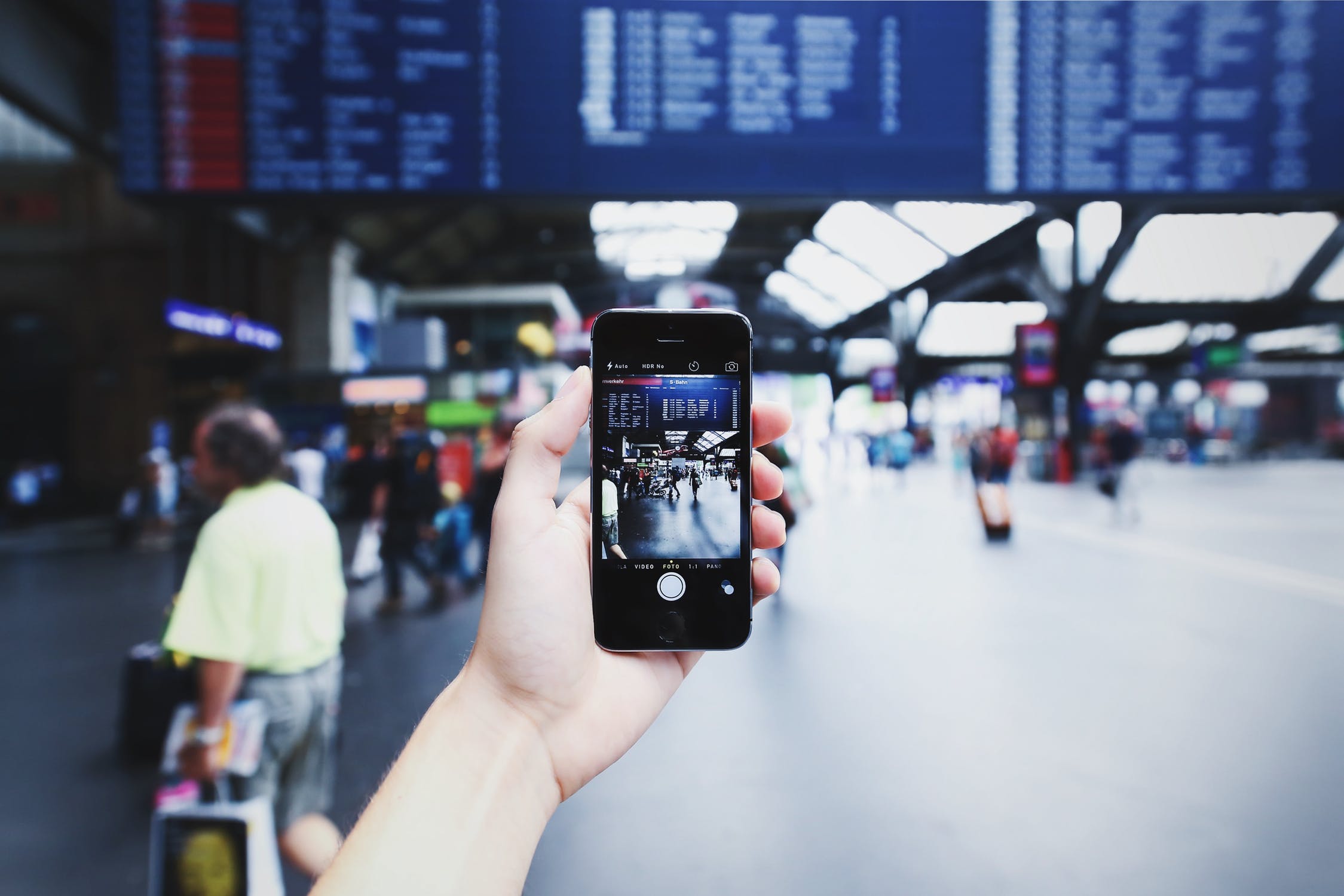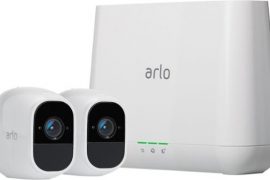Safe and cheaper travel for you and your phone
By Bob Plunkett
When I travel, I don’t want to be the target of a pickpocket. So I carefully guard my money, credit cards and now – my phone.
For years, I kept my phone on airplane mode and limited my connections to the WiFi at my hotel. That way I was sure my phone would never connect to a wireless network and I wouldn’t come home to a surprise cellular bill.
Sometimes I would connect using a cafe with a WiFi hotspot. Right now, nearly every eating establishment throughout Europe offers WiFi. And that is causing new problems. Shared WiFi hotspots can slow to a crawl when too many people tap in and that includes hotels where it is becoming harder to even get on the network. If you are using WiFi and get bumped off, your phone will quickly switch to a cellular connection without you knowing (which is how I learned the hard way to stay in airplane mode).
Worse, all of these WiFi hotspots are unsecured, which means clever thieves can tap into your data and passwords and pick your pocket. At many cafes, the hotspots are so wide open the password is usually posted on the wall, or on the business card so anybody can connect.
So there has to be better ways. And there are; although all come with limitations.
The most convenient way to get connected is to carry your own hot spot. I hear good reviews from travelers who sign up for Project Fi from Google (fi.google.com). It can be a lifesaver when you travel internationally and need to stay connected. But you can only use it with a Nexus 6P, Nexus 5X or Nexus 6. And it costs $10 per GB – although that’s for the first 6 GB Afterwords data is free for the rest of the month. That caps the cost at $60 a month which is not the best option for bandwidth hogs.
Your local telephone carrier will offer you many deals, but they are confusing and they cost.
Verizon has several unlimited plans, but its network is based on CDMA — a technology that most of the world doesn’t support. So where you travel significantly influences how much you’ll have to pay. For the budget minded, Verizon offers a daily travel pricing option called TravelPass. It’ll cost you $5 per day per device if you travel to Mexico or Canada. In other countries — including China, France and Germany — Verizon charges $10 a day. And connection speeds are only 4G (fast) for the first 512MB each day; after that, you’re throttled to 2G (slow) speeds.
If you’re off to Europe, the Caribbean, Latin America or the Asia Pacific region AT&T recommends its $10-a-day International Day Pass, which comes with unlimited talk and text and data governed by your plan. But that $10 kicks in once you use the phone, whether to send one text or spend all day writing emails. That service is available in 100-plus countries.
Sprint’s Global Roaming is an option you can add to your Sprint plan at any time, and you can keep it on your account, free of charge, for as long as you’d like. Once you’ve enabled the feature, you can travel to most countries around the world, including all of North America and South America, China and Europe, and get free text and free data on 2G speeds. If you want to talk, you’ll pay 20 cents a minute.
T-Mobile offers one of the simplest solutions for traveling overseas. If you subscribe to the company’s T-Mobile One unlimited plan or are clinging to one of its Simple Choice plans, you automatically get unlimited data and texting in more than 210 countries around the world. If you want to place or receive calls, you’ll be subject to the local rate depending on where you want to go. You don’t need to notify T-Mobile of your travel.
The bottom line here is easy. If you make frequent trips overseas, T-Mobile’s plan is a no-brainer, especially now that more countries are covered. Verizon and ATT are pricey but they are dependable which could be a big benefit if you need to do business while away. And all the time you are protected from no security WiFi.
Also check out your other accounts.
Sometimes, you already have the ability to connect, whether it’s an AT&T account, a subscription TV account or a service such as Boingo (boingo.com). Comcast allows you to connect to many hot spots as long as you have a Comcast account. Boingo is a particularly appealing option at airports, where it provides no-cost wireless service, and recently launched a faster network for subscribers, featuring speeds up to 50 Mbps. You may qualify for the higher-speed access without knowing it; certain American Express cardholders and Starwood Preferred guests can log in without paying extra.
For my money, I go with local SIM cards. Mainly because I want to always be connected to Google Maps so I don’t get lost driving the countryside or walking city streets. When I land in a foreign country, I head to the local telecommunications store and buy a local SIM Card (many time the companies have small stores at the arrivals level of the airport).Once inserted in my phone (have the clerk do it), I am ready to go. I need to point out I carry a spare phone – an older iPhone – for this. I bring along my primary iPhone just in case of total emergency. It will work. It’s costly but it will work in an emergency.
RELATED ARTICLES

- in: Lifestyle - Wellness, Sports
- Post by:
Comments are closed.




3 Comments
best web hosting sites
I have been browsing online more than 3 hours nowadays, but I
by no means found any interesting article like yours.
It’s lovely value sufficient for me. Personally, if all webmasters and bloggers made excellent content as you probably did, the net will likely be much
more helpful than ever before.
adreamoftrains website hosting
I do not even know how I ended up here, but I thought this post was
good. I do not know who you are but definitely you are going to a famous blogger if you aren’t already 😉
Cheers! adreamoftrains best website hosting
cheap flights
Wow, fantastic blog layout! How lengthy have you been running a blog for?
you make blogging look easy. The entire glance of your web site is fantastic, let alone the content material!